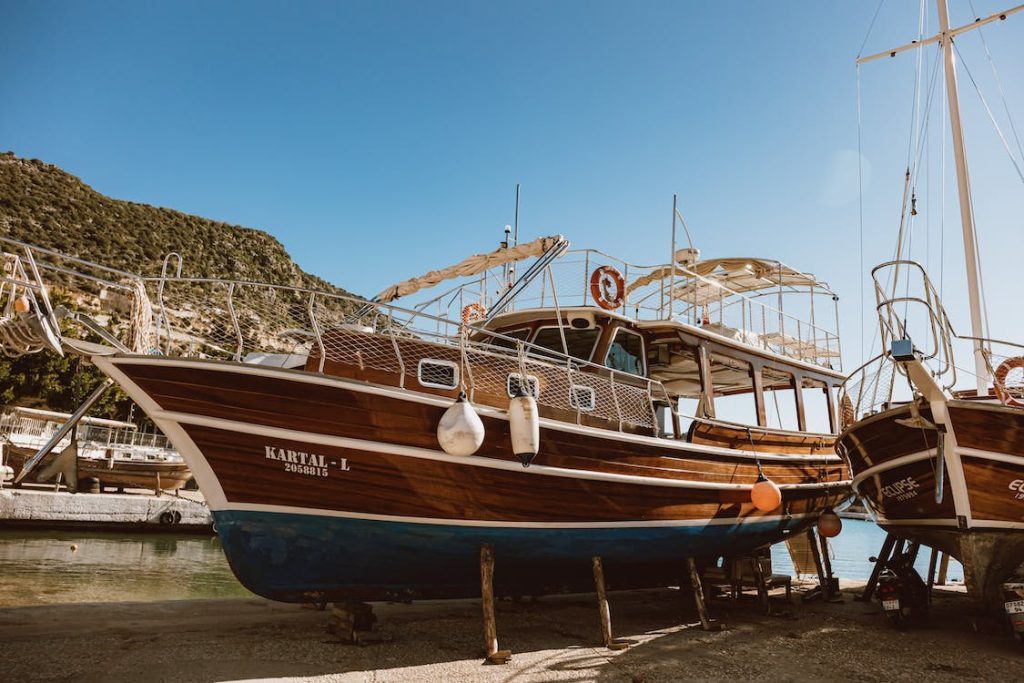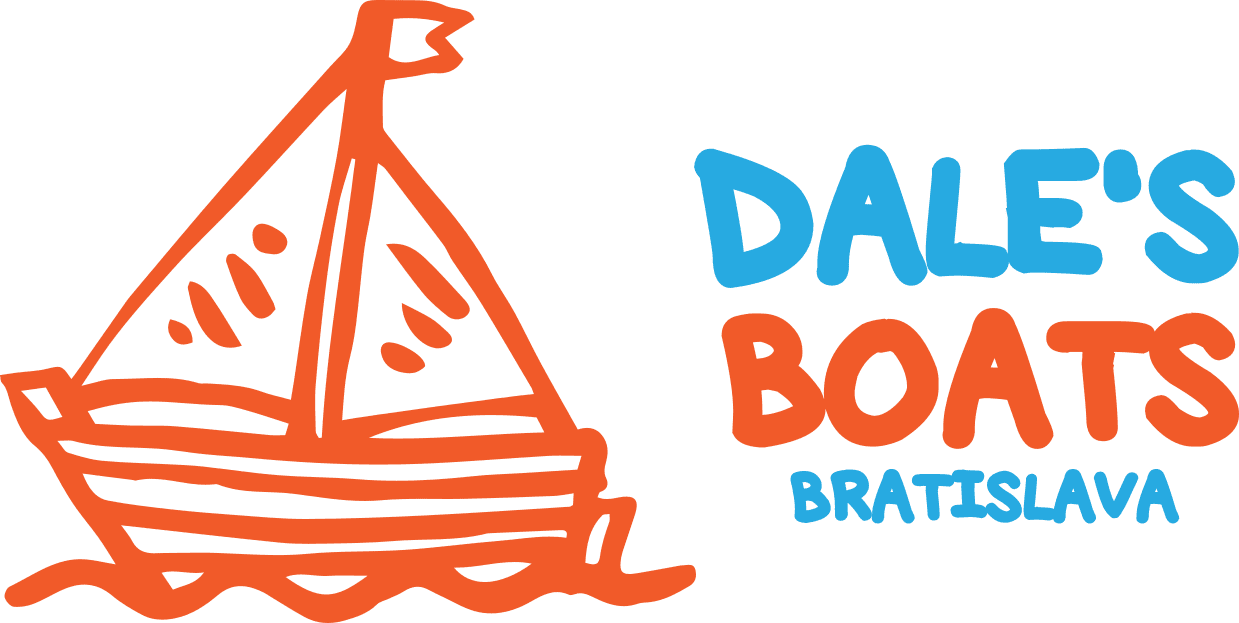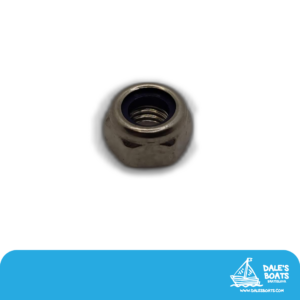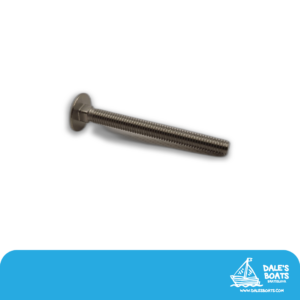Hull Types

Navigating the vast ocean of boat hull types can be a daunting task, especially when it comes to vessels under 20 meters in length. These smaller boats, perfect for recreational and professional purposes, offer a plethora of hull designs, each with its unique benefits and limitations. In this comprehensive guide, we will delve into the various hull types for under 20-meter boats, exploring their features, pros, and cons to help you make an informed decision for your next maritime adventure.
1. Displacement Hulls
1.1 Full Displacement Hulls
Full displacement hulls are characterized by their deep, rounded bottoms and smooth, gradual curves. They displace a considerable volume of water, generating buoyancy to keep the boat afloat. Full displacement hulls are commonly found on trawlers, sailboats, and long-range cruisers, where seaworthiness, comfort, and fuel efficiency are prioritized over speed.
Pros:
- Exceptional fuel efficiency
- Smooth and stable ride in rough conditions
- Greater load-carrying capacity
Cons:
- Limited top speed
- Slow to plane
- Larger draft, limiting access to shallow waters
1.2 Semi-Displacement Hulls
Semi-displacement hulls, as the name suggests, fall between full displacement and planing hulls. These hulls feature a flatter bottom, with a more pronounced chine and slightly reduced draft. Semi-displacement hulls can be found on various boat types, including motor yachts, trawlers, and power cruisers, offering a balance between speed, comfort, and efficiency.
Pros:
- Versatility in performance
- Moderate fuel efficiency
- Improved top speed compared to full displacement hulls
Cons:
- Less stable in rough seas than full displacement hulls
- Not as fuel-efficient as full displacement hulls
- Larger draft than planing hulls
2. Planing Hulls
2.1 Flat-Bottom Hulls
Flat-bottom hulls are the simplest of planing hulls, featuring a completely flat bottom with minimal deadrise. These hulls are common in small boats, such as skiffs, jon boats, and dinghies, due to their shallow draft and ease of construction.
Pros:
- Shallow draft, enabling access to shallow waters
- Easy to build and maintain
- Good initial stability
Cons:
- Uncomfortable ride in choppy waters
- Limited top speed
- Poor directional stability
2.2 V-Hulls
V-hulls are one of the most popular planing hull types for under 20-meter boats. They feature a V-shaped bottom with a varying degree of deadrise, offering a combination of speed, stability, and seaworthiness. V-hulls can be found on numerous boat types, including center consoles, bowriders, and cuddy cabins.
Pros:
- Good handling and maneuverability
- Improved ride quality in rough waters
- Faster top speeds than flat-bottom hulls
Cons:
- Greater draft than flat-bottom hulls
- Less stable at rest
- Increased fuel consumption compared to displacement hulls
2.3 Deep-V Hulls
Deep-V hulls take the V-shape to the extreme, with a sharp entry and a deep deadrise, typically between 20 and 24 degrees. Deep-V hulls are ideal for offshore fishing boats, sport cruisers, and performance boats, where a smooth, dry ride in rough conditions is paramount.
Pros:
- Exceptional ride quality in rough seas
- Superior directional stability
- Enhanced wave-piercing capabilities
Cons:
- Reduced stability at rest
- Increased fuel consumption
- More challenging to maneuver at slow speeds
3. Multi-Hull Boats
Multi-hull boats, which include catamarans and trimarans, are characterized by having two or more hulls connected by a deck or crossbeams. These designs offer a unique blend of performance, stability, and space, making them popular choices for both recreational and professional applications.
3.1 Catamarans
Catamarans are boats with two parallel hulls of equal size. They are commonly used for sailing, cruising, and offshore fishing due to their stability, speed, and ample deck space. Catamarans come in various sizes, including those under 20 meters in length, and can be found in both power and sail configurations.
Pros:
- Exceptional stability both at rest and underway
- Reduced draft, allowing access to shallow waters
- Increased deck and living space
- Enhanced fuel efficiency compared to monohull boats of similar size
Cons:
- Wider beam, requiring more dock space and challenging in tight areas
- Less maneuverable than monohulls
- Potentially more expensive to build and maintain
3.2 Trimarans
Trimarans feature a central hull with two smaller outrigger hulls, or amas, on either side. This configuration provides an excellent balance of stability, speed, and performance, making trimarans popular for sailing, racing, and cruising applications. Like catamarans, trimarans come in various sizes under 20 meters in length and can be found in both power and sail configurations.
Pros:
- Outstanding stability and reduced heel
- Superior performance and speed, particularly for sailing trimarans
- Enhanced fuel efficiency compared to monohull boats of similar size
- More maneuverable than catamarans
Cons:
- Wider beam than monohulls, requiring more dock space and challenging in tight areas
- More complex to build and maintain than monohulls and catamarans
- Typically more expensive than comparable monohulls
Tunnel Hulls
Tunnel hulls, also known as catamaran powerboats or stepped hulls, are a unique take on multi-hull design for high-performance applications. These boats feature a twin-hull design with a tunnel running between the hulls, which traps air and generates lift, reducing drag and improving speed. Tunnel hulls are popular in racing boats, high-performance center consoles, and sport fishing boats under 20 meters in length.
Pros:
- Exceptional top speeds and acceleration
- Enhanced fuel efficiency due to reduced drag
- Reduced hull impact in choppy waters for a smoother ride
Cons:
- Less stable at rest compared to traditional catamarans
- More challenging to maneuver at slow speeds
- More expensive to build and maintain compared to traditional hulls
Conclusion
In summary, there are numerous hull types available for under 20-meter boats, each with their unique characteristics, advantages, and disadvantages. From the smooth and fuel-efficient displacement hulls to the versatile and high-performance planing hulls, and the stable and spacious multi-hulls, the options are vast. When choosing a boat, consider the primary use, location, and personal preferences to find the perfect hull type that best suits your needs. Ultimately, understanding these various hull designs will help you make a more informed decision and ensure a fantastic experience on the water.
-

M6 Stainless Steel Lock Nut
€0.21Out of stockRead more -

M6 x 60mm Stainless Steel Coach Bolt
€0.78Out of stockRead more


